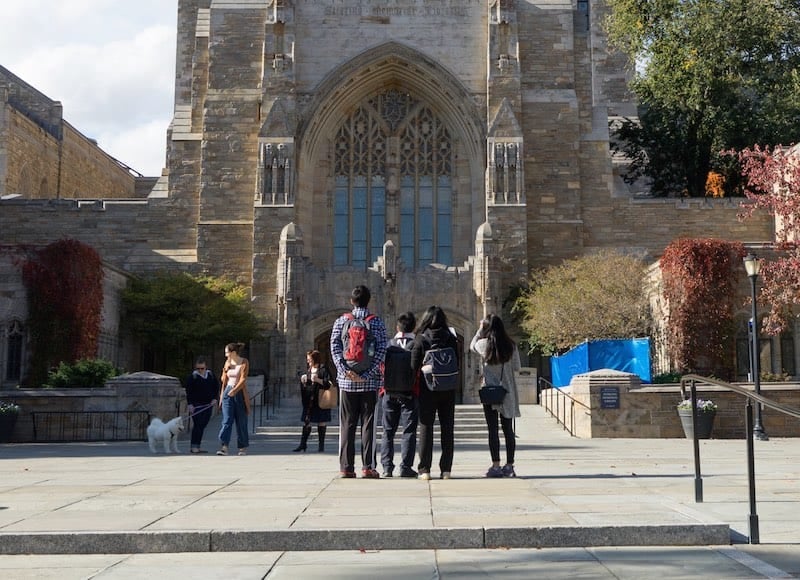We all knew college would be expensive, but what many of us failed to realize (raising my hand here) was how expensive just applying to college was going to be. Sure, we realized that there would be application fees and fees associated with taking college entrance exams, but it turns out that these costs are just the tip of the iceberg.
With tuition costs rising astronomically and the additional cost of applications, paying for it all has become a huge problem for many families, and parents are under increasing pressure to figure out how to meet those rising costs.
We reached out to Grown and Flown Parents and got a true account of the cost of applying to college.
I work with a local nonprofit that provides scholarships for high performing high school students to help them with these basic costs that many of us take for granted. Many teens give up on their dream of a college degree because they can’t afford the cost of the testing or the application. Or don’t want to burden their parents with any additional expenses.
Here is what the REAL cost of getting into college looks like:
Applying to college includes these 12 expenses
1. Application fees.
Just submitting college applications adds up. Most applications cost between $25 and $100, with an average price tag of about $45. Students applying to 8 to 12 colleges could be looking at fees ranging from $200 to a whopping $1200 to push send on the application. Some colleges will waive these fees for some students; it is worth exploring if this option is available.
2. Road trips or flights to visit colleges.
Almost half of all freshmen surveyed by the 2019 UCLA Freshman survey felt that campus visits were very important in selecting the college they attended. But visiting colleges can be costly. When you add up the cost of flights, driving or car rentals, overnight accommodations, and eating out, a trip to the campus store for sweatshirts and baseball caps can add up quickly. Some campuses have parking fees on campus, and many are in small college towns with very expensive hotels and restaurants.
3. College entrance exam fees.
There are costs associated with taking the SAT ($60), ACT ($68), and any AP exams ($98). Most students take the SAT or ACT more than once, and if you need to change the date, apply late, or change the test center, there are more fees. Then, when you need to send exam results to a college, yep, more fees.
4. SAT or ACT prep.
The cost of preparing for these exams can be anything from zero (free online tools) to tens of thousands of dollars for private tutoring. Many students buy books or attend classes to prepare.
5. Supplemental applications in the arts.
For students highlighting their involvement in the arts, drama, and music, there can be the additional cost of producing films, photos, portfolios, or recordings and in-person auditions. There are additional fees at many colleges for submitting these extra materials.
6. Registering with the NCAA.
If your student intends to play a college sport, they must pay to register with the NCAA. By this point, most parents of athletes have already spent a fortune on college athletic recruitment for college on everything from camps to equipment to team fees and travel expenses.
7. High school transcripts.
Many high schools charge to send transcripts to colleges, a small but additional cost. For students who have had dual enrollment, double this fee.
8. Application or essay help.
Many students write their essays without help, but others hire someone to work with them. Some hire a local high school teacher who may charge hundreds of dollars. Others hire independent college admissions advisors who typically charge thousands or even tens of thousands for essay writing and application help.
9. Attending accepted student days.
This is the final step before making a college decision (though some students who have already decided may choose to go as well), and the costs of these trips can include travel, meals, and overnight stays. In some cases, colleges cover some of these costs, but for others, it is up to students to shoulder this financial burden.
10. Student orientation.
At some schools, the orientation process is conducted in the days before classes begin. Other schools require an additional trip to campus during the summer months, including a fee to stay in the dorms, travel expenses, and potential costs for parents who are often urged to attend the programs.
11. Non-refundable housing deposit.
Some schools require non-refundable housing deposits with the application. Students will lose these funds if they are denied admission or choose not to attend these schools.
12. Financial aid applications.
If the college your student is applying to requires the CSS Profile as part of the application for financial aid, there is a cost to sending this to each college.










